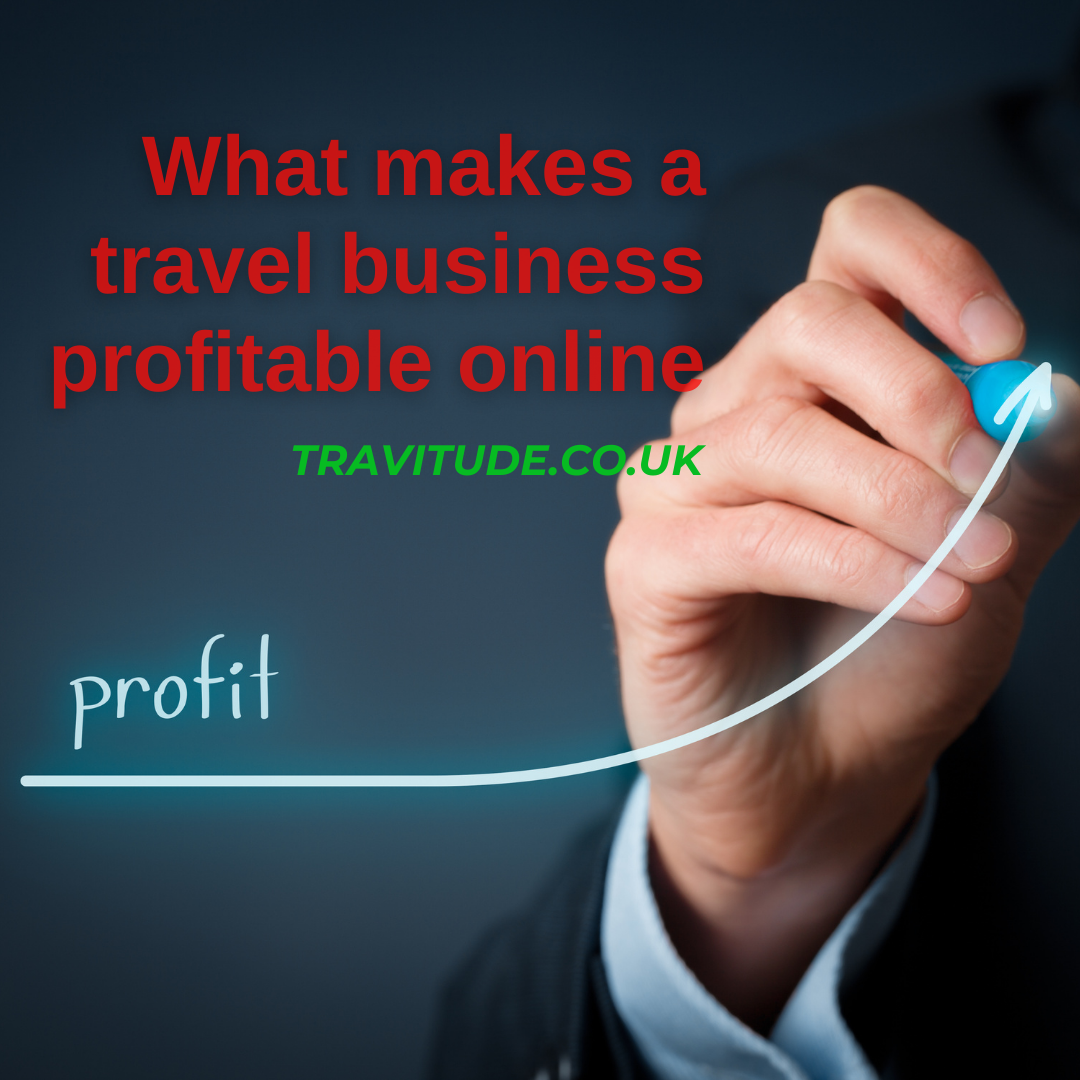
If you have an online booking engine for travel services on your website, or are thinking of investing in one, then in the next five minutes you will discover the big picture of what makes a travel business profitable online.
First of all, it is important to have a clear sales funnel. If you understand what the sales funnel for your website looks like, then you will know where to invest in order to increase your sales.
A sales funnel is the marketing term for the journey potential customers go through on the way to purchasing. When you apply this to your website, you can see three major stages: discovery, details and booking.
Why is it called a funnel? Because the number of customers who enter one stage is higher than the number of customers who reach the next stage.
Let's do a little bit of math. Let's call the number of customers entering one stage NI and those moving to the next stage NO. The conversion rate is calculated by dividing NO by NI. For example, if 100 customers enter the discovery stage and only 80 customers move to the details stage, then the conversion rate is 0.8.
Ideally you want a 100% conversion rate in each stage. That means that all the customers who enter one stage move onto the next stage. Or, in other words, every visitor to your website buys something. But reality shows us that this is not possible.
Let's go back to our stages. The discovery stage is where customers carry out searches and look at the results. If they like one result they move to the details stage. If they like the details, they move to the booking stage. Each of these stages has its own conversion rate. If we multiply the conversion rate of all these stages together, we obtain the total conversion rate of the funnel.
Let's take a random example. By using the statistics provided by your online platform integrated with Google Analytics, you can see that you have 1,000 consumers searching for products. Only 100 of them view some offer details. And only 2 actually book.
What are the conversion rates? For the discovery stage, 100/1000=0.1 (or 10%). For the details stage, 2/100=0.02 (or 2%). For the whole funnel these are multiplied: 0.1x0.02x0.002 (or 0.2%).
Of course, I kept this example and the stages simple, because if you have data you can divide the stages into micro stages. For example, you can check how many people in the booking stage actually pay online and see a different conversion rate.
Now, what is the biggest mistake most travel agencies make? They think in a linear fashion and say: if I raise the budget then I can attract more visitors and this will increase the number of bookings. So, if instead of sending 1,000 customers to the funnel I send 10,000, then with the same conversion rate I will have 20 bookings instead of 2. But this usually increases marketing costs. And sometimes the cost of acquiring those 20 bookings outweighs the margin you get from them. So what is the solution?
The solution is keeping the same flow of customers at the beginning of the funnel and increasing the overall conversion rate. This is possible only by using an online booking platform that can control these parameters. So now let's have a dive into these stages. Which is the best stage to invest in?
In the first stage you are losing 90% of your customers, and in the second, 98%. If you focus your marketing efforts on increasing the conversion rate at the second stage, you will have exponential results. For example, if you increase the conversion rate just by 2%, you will actually double your bookings: instead of having 2 bookings you will have 4.
What would happen if you increased it from 2% to 10%? The relationship becomes exponential. And this is where profits are made online.
How do you do this? This is a subject for another article, but we will give you a rough idea. The solution is concentrating efforts on re-marketing for that stage. That means you should send advertisements to the people who stopped at the details stage and did not go on to book. They are the ones most ready to buy. They are the cheapest ones to reach. But we’ll deal with this in another article.
If you liked this article, you can subscribe to our newsletter, which contains 25+ articles that paint a clearer picture of how the online travel business should work in order to make a profit. Or you can arrange a demo with us to see how our platform could help you sell online by using the best tools and strategies available.